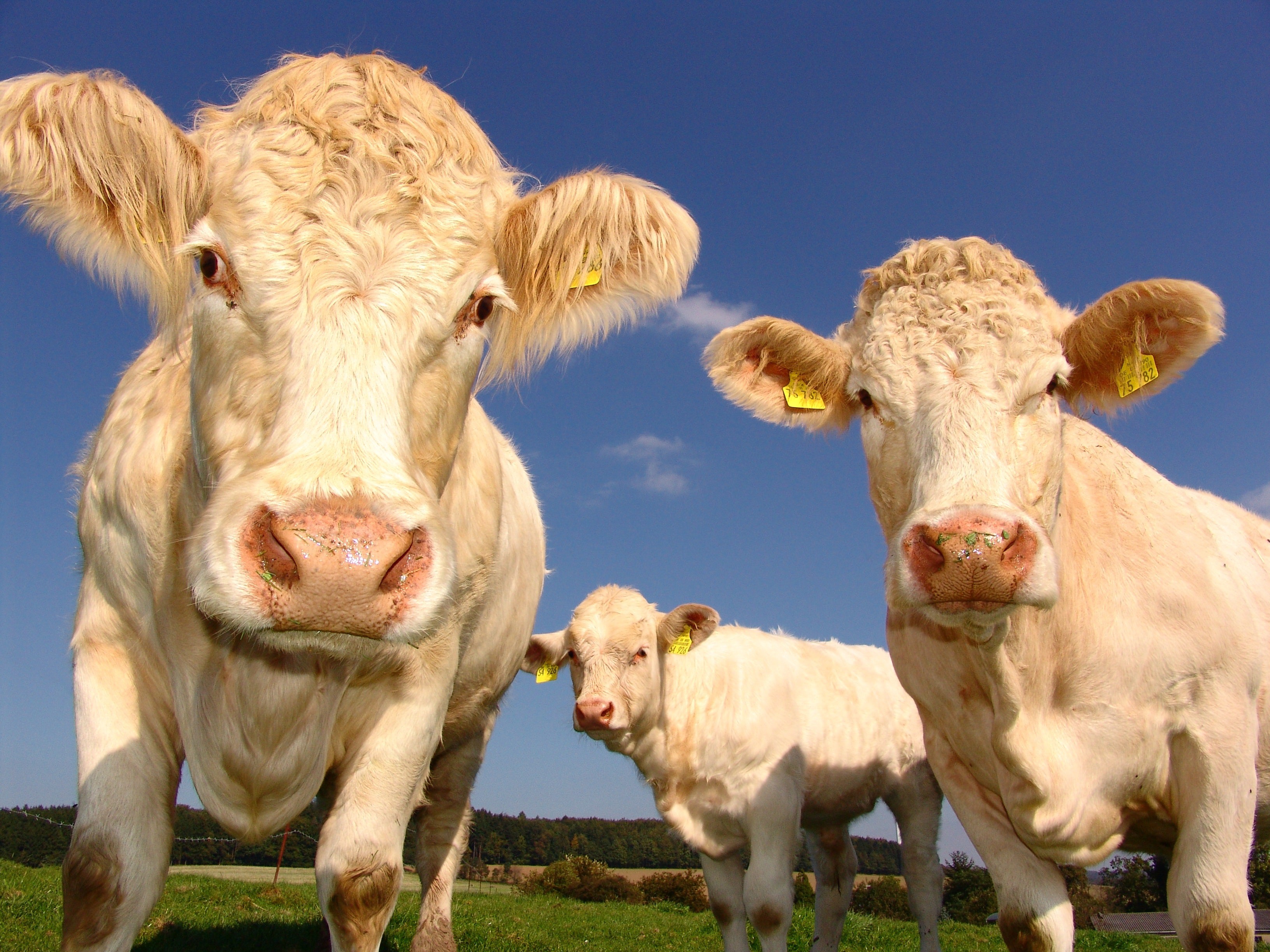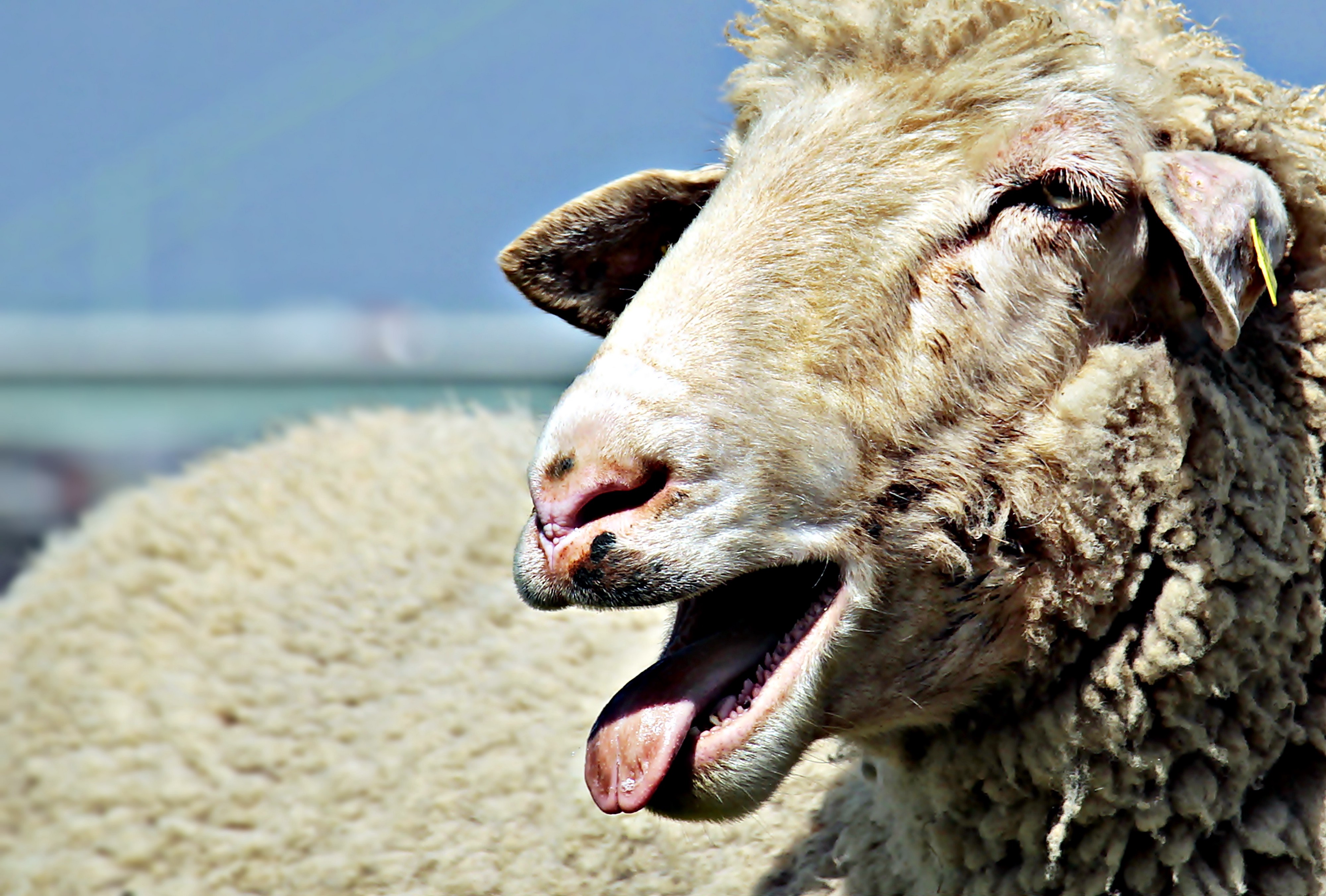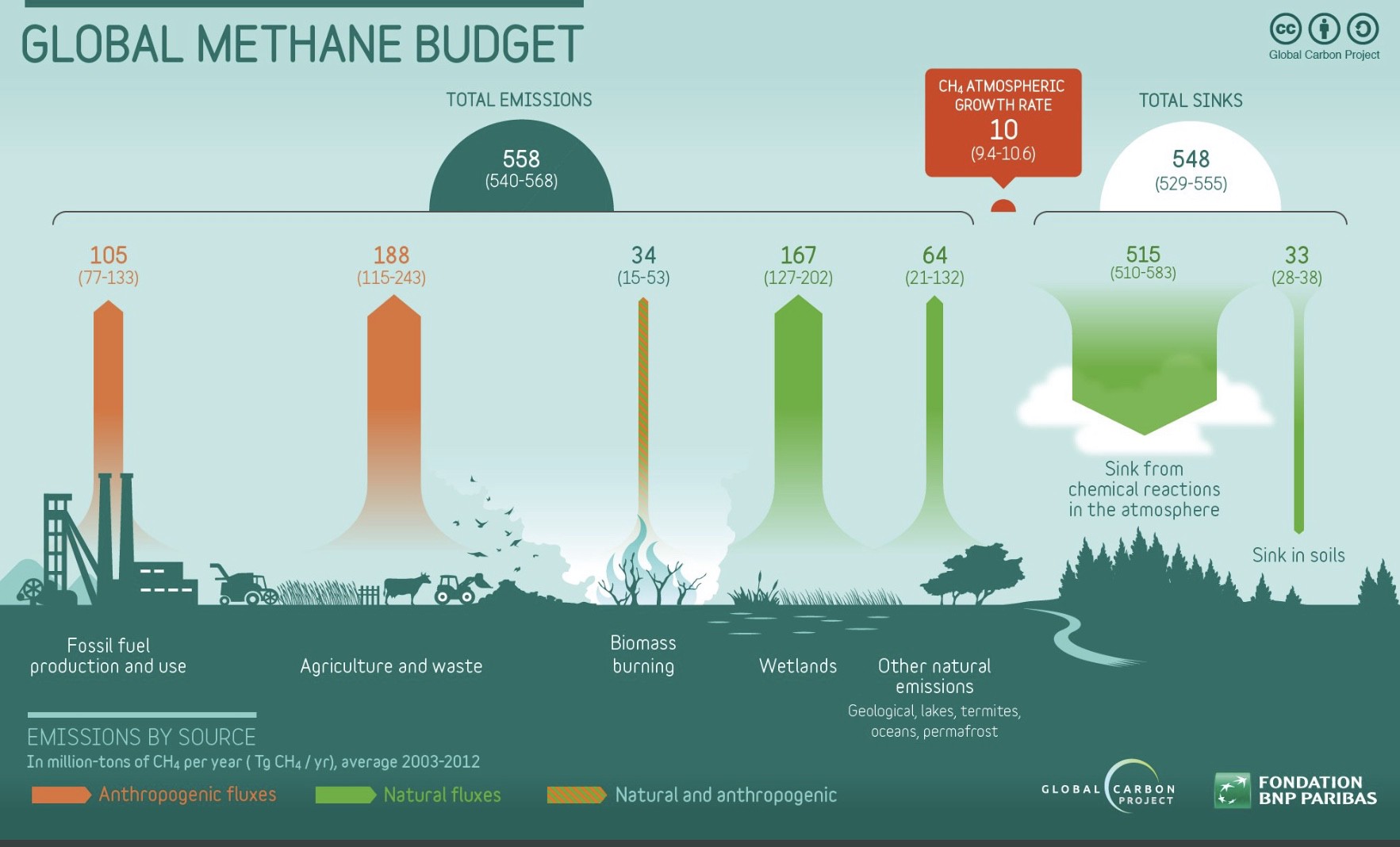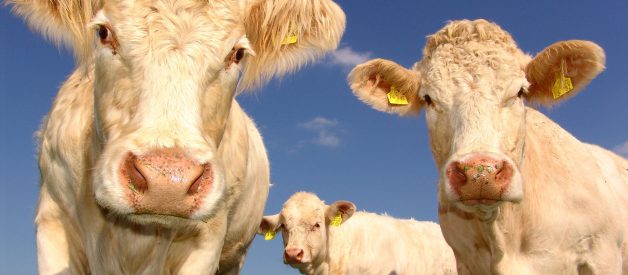 Cows have become the bad boys of climate change ? but their place in the global warming debate is unfair, says air quality expert Frank Mitloehner.
Cows have become the bad boys of climate change ? but their place in the global warming debate is unfair, says air quality expert Frank Mitloehner.
From burping cows to grazing sheep, when it comes to global warming the finger of blame is invariably pointed at the livestock industry these days.
Animal agriculture is causing greenhouse gas (GHG) emissions to rise, say critics, and if we?re serious about tackling climate change then we need to cut red meat from our diets and switch cow?s milk for nut juices in our tea.
It?s an argument that?s gained a significant amount of traction, with more and more people adopting vegan diets in response to repeated reports ? including from the United Nations ? that livestock are a major contributor to the world?s environmental problems.
But while animal agriculture is by no means blameless in the global warming debate, it seems the industry?s impact on the environment is not as significant as critics suggest.
Air quality expert Frank Mitloehner, professor of animal science at UC Davis in California, says the real problem the livestock sector faces is convincing consumers and policy makers that animals aren?t the bad guys of the global warming challenge.
Critically, he says there should be an urgent rethinking of methane to acknowledge the true impact of livestock production on the planet ? before the sector?s reputation is destroyed for good.
Overstated impact
?For those who say cows contribute the most GHG emissions, that?s simply not true,? Prof Mitloehner says.
Livestock?s impact has been hugely overstated, while the major culprit ? the use of fossil fuels, particularly for transportation ? has largely been allowed to slip under the radar.
 The impact of ruminant livestock on temperatures is regularly overstated, says Prof Mitloehner, while transport?s impact receives much less focus.
The impact of ruminant livestock on temperatures is regularly overstated, says Prof Mitloehner, while transport?s impact receives much less focus.
The issue is partly down to the methods used to calculate livestock?s impact: The UN?s most significant report, Livestock?s Long Shadow, claimed livestock are responsible for 18% of GHG emissions, but the figure calculated emissions along the entire supply chain, from land use to processing and refrigeration in supermarkets.
Meanwhile transportation figures, which are regularly reported as 28% of all GHG emissions, only factor in direct emissions from exhaust fumes, ignoring processes associated with manufacturing machinery, or moving people and produce.
The methane budget
But perhaps more significant, however, is the lack of understanding about the methane famously emitted in cows? burps, and how it acts in the environment.
While methane is 28-times more heat-trapping than carbon dioxide, methane?s lifespan is just a decade, while CO2 ? known as a long-life pollutant ? remains in the atmosphere for 1000 years.
After ten years, methane is broken down in a process called hydroxyl oxidation into CO2, entering a carbon cycle which sees the gas absorbed by plants, converted into cellulose, and eaten by livestock.
To put that into context, each year 558m tons of methane is produced globally, with 188m tons coming from agriculture. Almost that entire quantity ? 548m tons ? is broken down through oxidation and absorbed by plants and soils as part of the sink effect.
 The global methane budget shows that almost all of the methane produced each year ? including the 188m tons from livestock ? is broken down Source: Global Carbon Project
The global methane budget shows that almost all of the methane produced each year ? including the 188m tons from livestock ? is broken down Source: Global Carbon Project
That means that provided no new animals are added to the system, then the same amount of carbon dioxide produced by livestock is actually used by plants during photosynthesis.
?That?s not to say livestock has no impact on climate, but we are not adding additional warming,? Prof Mitloehner says.
Declining cattle numbers
In fact, with cattle numbers decreasing thanks to increased production efficiencies and improved genetics ? the US beef herd has shrunk by about a third since 1975, while dairy cattle numbers have fallen from 25m to 9m in 70 years ? methane production from livestock is actually decreasing.
?This discussion is the cornerstone of debunking all of this hype around why we should eat less animal-based protein,? he says.
?Never have we had smaller flocks and herds than we do today, but we are producing the same amount of meat as we did when we had larger numbers.
?The people who are selling plant-based alternatives are using hype, particularly around methane, and they need to stop.?
Utilising marginal land
Of those who claim agricultural land used to raise livestock should be converted to arable land, Prof Mitloehner is similarly dismissive.
?Two thirds of the world?s agricultural land is marginal, which means it cannot be used to grow crops because the soil is not sufficient or there?s not enough water,? he says. ?We have to use that land for ruminant livestock, because it?s the only way to use it.
?Those who say stop animal agriculture because it?s better for the environment and humankind are effectively saying let?s get rid of two thirds of all agricultural land. It?s baloney.?
To drive change the livestock industry has to continue increase performance efficiencies, use new technologies to drive improvements and ? most importantly ? talk about their work, he adds. ?More and more people are asking questions about their food, and farmers can no longer say they don?t want to talk to the media or the public. Farmers are the experts, they need to answer them.?
A version of this article first appeared in Farm Business


